The Evolution of Fantasy RPGs: From Text to 3D
20 December 2024
Fantasy role-playing games (RPGs) have captured the imaginations of gamers for decades. But if you’re a fan of the genre, have you ever stopped to think about how far these games have come? RPGs weren’t always the visually stunning, immersive 3D worlds we know today. Oh no! Back in the day, players relied heavily on their imaginations—and trust me, it was a whole different ball game.
So, let’s dive into the fascinating journey of fantasy RPGs, starting from humble text-based beginnings to the jaw-dropping, fully-rendered 3D universes of today. Buckle up, because this is a trip down memory lane that’ll make you appreciate just how awesome modern RPGs are.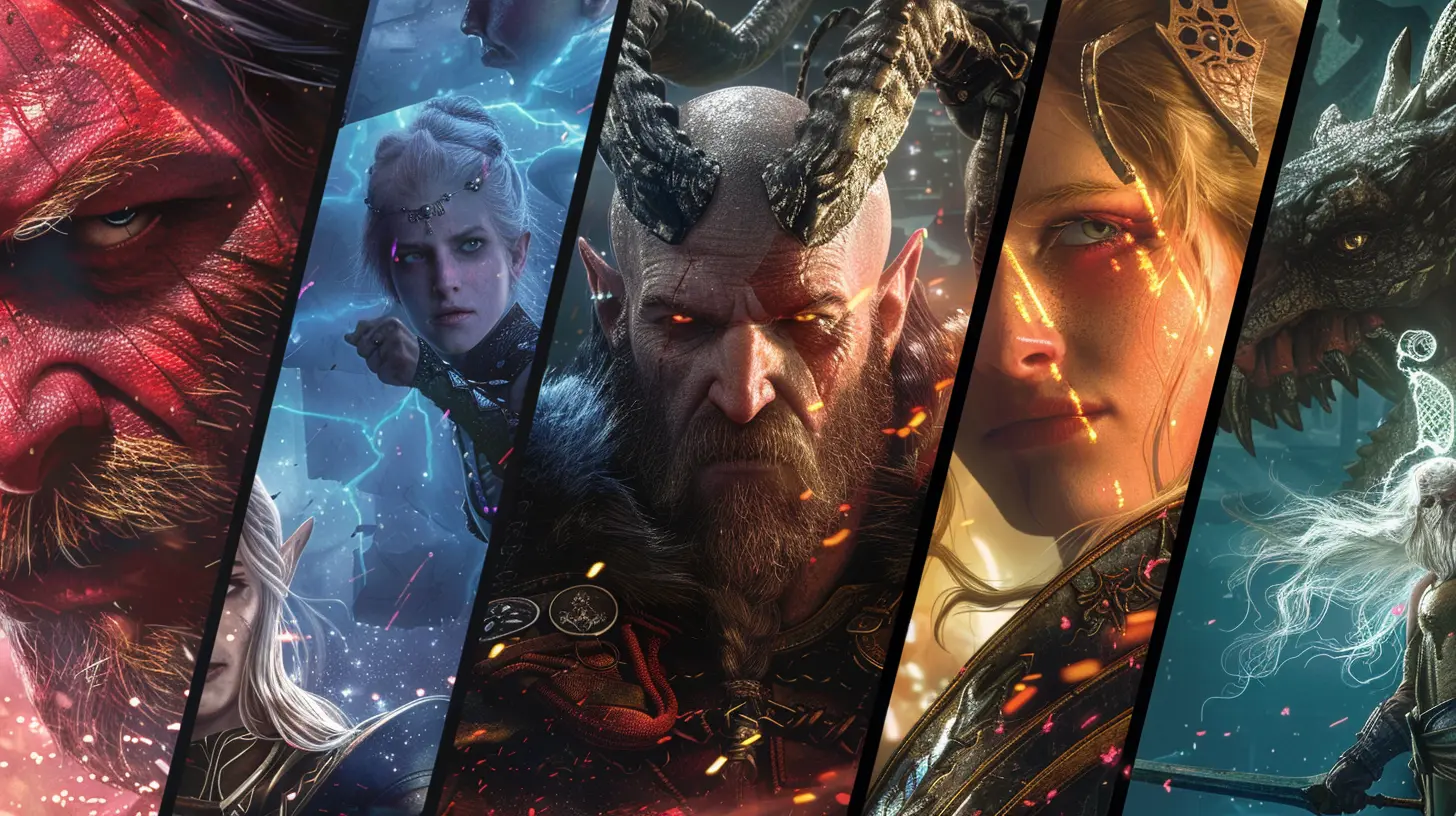
The Dawn of Fantasy RPGs: Where It All Began
Before there were flashy graphics and orchestral soundtracks, there was... text. Yep, just words on a screen. Early RPGs in the 1970s and '80s didn't rely on visuals at all. Instead, players navigated imaginary dungeons through text commands. And honestly? It was like reading a "Choose Your Own Adventure" book, but with a bit more interactivity. These games were the pioneers of fantasy RPGs—and they laid the groundwork for everything that followed.Text Adventures and MUDs: A World Limited by Imagination
In the early days, games like Zork (1977) dominated the scene. Players would type commands like "go north" or "pick up sword," and the game would describe the results in vivid, albeit minimalist, prose. It was basic, sure, but it offered something revolutionary: the chance to explore a world of fantasy without leaving your chair.Then came Multi-User Dungeons (MUDs), the forefathers of online gaming. These text-based RPGs were multiplayer affairs, where players could interact in shared environments. For the first time, you weren’t just adventuring alone—you were part of a living, breathing community. This was the spark that lit the online RPG craze we see today.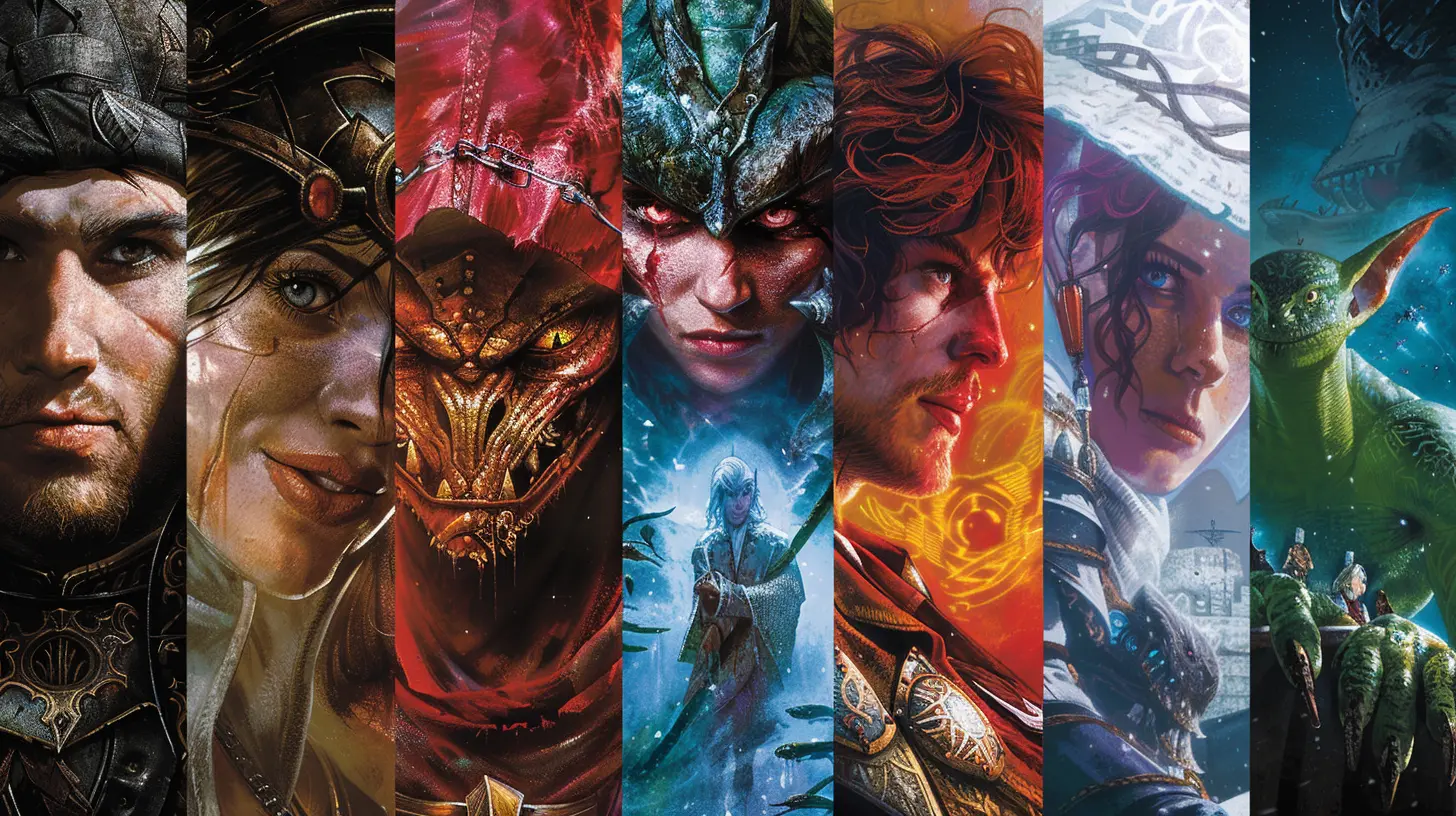
Enter the Era of 2D Graphics
As technology advanced, fantasy RPGs took their first tentative steps into the visual realm. The late '80s and early '90s saw the rise of 2D graphics, and man, was it a game-changer. Titles like Ultima and The Legend of Zelda started introducing sprite-based visuals that brought their worlds to life. Finally, players got something more than just their imaginations to work with.The Impact of 2D Worlds
These games might seem primitive by today’s standards, but back then? They were amazing. Imagine walking into a pixelated forest and coming across a tiny, menacing dragon sprite. Sure, it didn’t look real, but the sense of discovery was unmatched. With colorful landscapes and top-down perspectives, 2D RPGs made gaming more accessible, giving players a concrete world to explore.And then we got Final Fantasy—arguably the high priest of 2D fantasy RPGs. Whether it was battling pixel-perfect monsters or unraveling epic tales of good versus evil, these games became instant classics. They also set the bar for storytelling, proving that RPGs could deliver narratives as deep and complex as any novel or movie.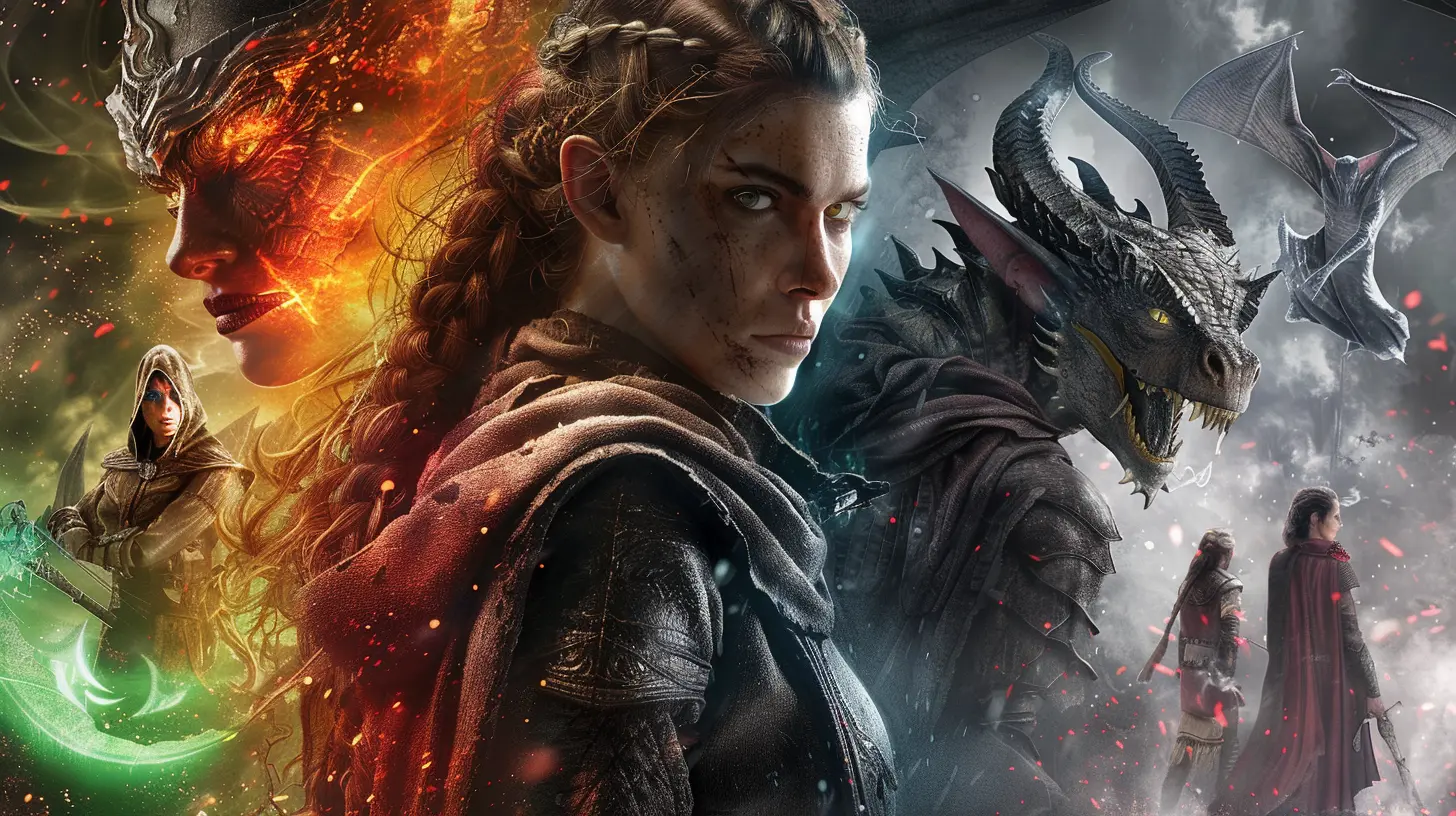
The Leap to 3D: A Whole New Dimension
In the mid-'90s, 3D graphics exploded onto the scene, and everything changed. This shift was as monumental as stepping from black-and-white TV to high-definition color. Suddenly, players weren't just walking on a flat map—they were immersed in fully-realized fantasy worlds where they could look around, climb mountains, and explore dungeons in glorious three dimensions.The Revolution of 3D RPGs
Games like The Elder Scrolls II: Daggerfall and Final Fantasy VII became pioneers of the 3D RPG. Who could forget the first time they saw Cloud Strife’s polygonal hair in 1997? Sure, it looked blocky, but the leap in immersion was undeniable. Players could now feel like they were truly in the game, rather than just looking down on it from above.But let’s talk The Elder Scrolls III: Morrowind for a second. This 2002 epic pretty much redefined what an open-world RPG could be. It offered freedom like never before, allowing players to roam wherever they pleased, interact with NPCs, and shape their own stories. It wasn’t just about flashy graphics—it was about creating living, breathing worlds where players could get lost for hours.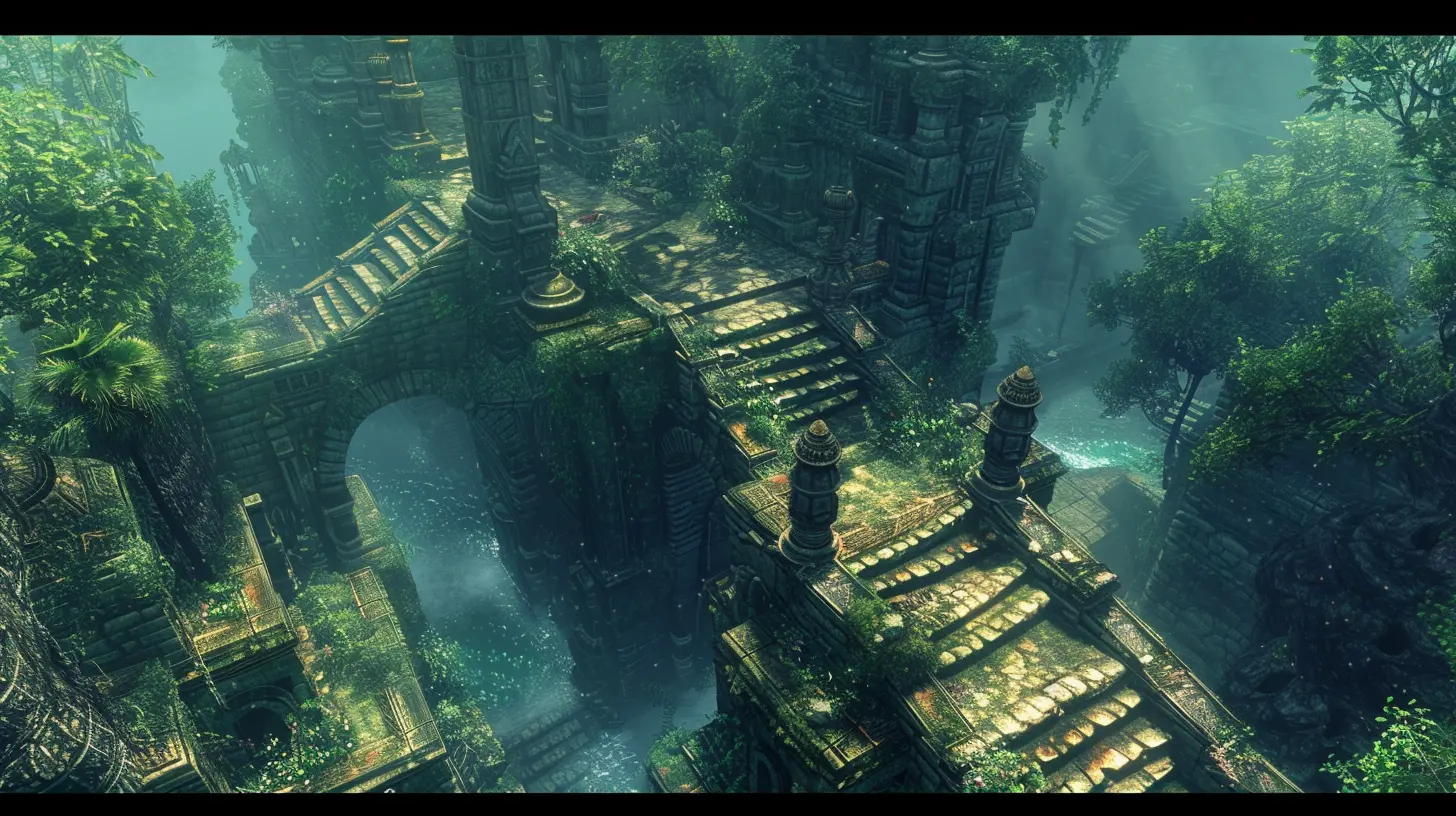
Modern Fantasy RPGs: A Feast for the Senses
Fast forward to today, and fantasy RPGs have reached a level that early developers could only dream of. With the power of modern hardware and advanced game engines, we now have games like Elden Ring, The Witcher 3, and Skyrim—masterpieces that blend stunning visuals, lifelike animations, and intricate gameplay.Open Worlds and Immersion
Modern RPGs don’t just tell you a story; they let you live it. These games are massive, with intricate world-building, dynamic weather systems, and NPCs so real they might as well have their own social media accounts. Take The Witcher 3, for example. Every choice you make, every side quest you take on, has tangible consequences. It’s like starring in your very own Netflix series but with way more swords and sorcery.And let’s not forget about the online scene. Titles like World of Warcraft and Final Fantasy XIV have millions of players logging in daily to embark on epic quests, trade loot, and battle bosses—together. It’s the culmination of everything MUDs started all those decades ago.
What’s Next? The Future of Fantasy RPGs
So, where do we go from here? Well, the future of fantasy RPGs looks brighter than ever. With advancements in VR and AR, we might soon find ourselves physically walking through dungeons and swinging actual (virtual) swords. Imagine putting on a VR headset and stepping into a fully-realized 3D world where every blade of grass is rendered, and magic spells light up the sky. Sounds pretty wild, right?We’re also seeing the rise of AI-driven NPCs and procedurally generated worlds. In the future, your RPG enemies might not just follow pre-scripted patterns—they’ll adapt and learn, making every playthrough unique.
Conclusion: From Text to Tech Marvels
The evolution of fantasy RPGs is nothing short of extraordinary. What started as simple text commands has grown into sprawling 3D worlds brimming with life and possibility. For fans of the genre, it’s been an incredible journey—and the best part? There’s still so much more to come.So the next time you’re casting spells or slaying dragons in your favorite RPG, take a moment to appreciate how far these games have come. From text-based adventures to immersive 3D universes, fantasy RPGs continue to push the boundaries of what’s possible in gaming.
all images in this post were generated using AI tools
Category:
Fantasy GamesAuthor:

Stephanie Abbott
Discussion
rate this article
10 comments
Amber Sharpe
From text to 3D: where dragons got a glow-up!
February 2, 2025 at 5:03 PM

Stephanie Abbott
Absolutely! It's fascinating to see how dragons and other fantasy elements have transformed visually, enhancing immersion and creativity in RPGs.
Runehart Roberson
Absolutely loved this journey through RPG history! It’s fascinating to see how far we've come from text adventures to immersive worlds!
January 26, 2025 at 5:30 AM

Stephanie Abbott
Thank you! I'm glad you enjoyed the journey through RPG history—it really highlights the incredible advancements we've made in storytelling and immersion.
Zephyris McCallum
Love how fantasy RPGs have grown! From imagining worlds through text to immersive 3D adventures, it's been an incredible journey. Can't wait to see what's next!
January 23, 2025 at 5:06 PM

Stephanie Abbott
Thank you! It truly has been an amazing journey, and the possibilities for the future of fantasy RPGs are limitless.
Pierce Benton
Excellent exploration of fantasy RPGs! Your insights on their evolution from text-based to 3D are both informative and engaging. Thank you!
January 15, 2025 at 5:41 PM

Stephanie Abbott
Thank you for your kind words! I'm glad you found the exploration engaging.
Theodora McClain
Great article! It's fascinating to see how fantasy RPGs have transformed over the years. From intricate text-based worlds to vibrant 3D landscapes, each evolution brings new adventures and experiences. Can’t wait for what’s next!
January 10, 2025 at 3:59 PM

Stephanie Abbott
Thank you! I'm glad you enjoyed it. It’s exciting to witness the ongoing evolution of fantasy RPGs—there’s so much more to come!
Lira McIntosh
This article brilliantly captures the journey of fantasy RPGs, highlighting how advancements from text-based origins to immersive 3D worlds have enriched storytelling and gameplay. Excited to see where the genre evolves next!
January 4, 2025 at 3:58 PM

Stephanie Abbott
Thank you! I'm glad you enjoyed it! The evolution is indeed fascinating, and I can't wait to see where it goes next, too!
Arwenia Reyes
It's fascinating to see how fantasy RPGs have transformed over the years! The journey from text-based adventures to immersive 3D worlds has really broadened storytelling possibilities. What innovations do you think will shape the next evolution?
January 1, 2025 at 4:15 PM

Stephanie Abbott
Absolutely! I believe advancements in AI, virtual reality, and procedural generation will greatly enhance immersion and storytelling in future RPGs.
Martha McAdoo
Fantasy RPGs have transformed dramatically, evolving from simple text-based adventures to immersive 3D worlds. This progression not only enhances storytelling but also deepens player engagement, showcasing the genre’s remarkable resilience and innovation. The future is undeniably bright for RPG enthusiasts!
December 24, 2024 at 3:40 AM

Stephanie Abbott
Thank you for highlighting the incredible journey of fantasy RPGs! The evolution from text-based to immersive 3D experiences truly showcases the genre's creativity and ability to engage players deeply. Exciting times ahead!
Celeste Jacobs
Great exploration of the genre's journey! It’s fascinating to see how technology has transformed storytelling and gameplay in fantasy RPGs over the years.
December 22, 2024 at 6:17 AM

Stephanie Abbott
Thank you! I'm glad you enjoyed the exploration of how technology has shaped fantasy RPGs. It truly is an exciting journey!
Thaddeus McPhail
What a fascinating journey through the evolution of fantasy RPGs! It’s incredible to see how far we've come from text adventures to stunning 3D worlds!
December 21, 2024 at 4:36 AM

Stephanie Abbott
Thank you! It really is amazing to witness the transformation and creativity in fantasy RPGs over the years.
MORE POSTS

How Tabletop Games are Revolutionizing Educational Tools

Puzzle Games That Will Make You Think Outside the Box

Leaked Consoles: Early Tech Details That Shocked the Industry
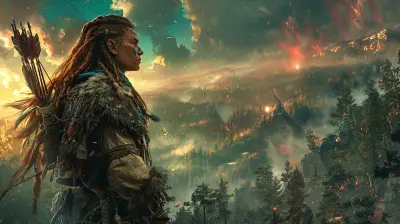
Echoes of a Dead Civilization: The Secrets of Horizon Zero Dawn’s Ancient Past
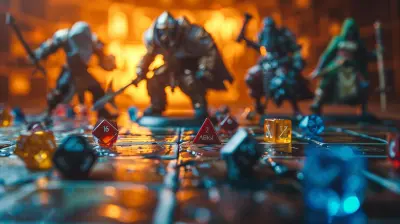
How to Build the Ultimate Game Night Experience

Breaking News: Studio X Announces New Open-World RPG

Exploring the World of Relaxing Casual Simulation Games